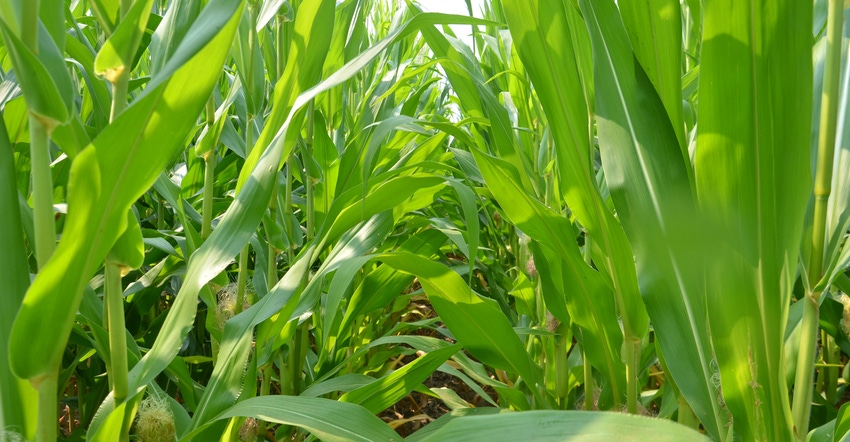November 28, 2022

We harvested 240 bushels per acre on irrigated corn. Still, ears were shorter than expected. My seed rep saw nitrogen deficiency above the ear leaf in September, and thinks corn ran out of N. I put on 200 pounds per acre. What should I do next year?
The Indiana certified crop adviser panel answering this question includes Danny Greene, agronomist with Greene Crop Consulting Inc., Franklin; Marty Park, sales agronomist with Gutwein Seed Services, Rensselaer; Jesse Uebelhor, agronomist with Superior Ag, Jasper; and Dan Quinn, Purdue Extension corn specialist.
Greene: The rate may be correct, but if the other R’s — right timing, right source and right place — are not, maximum yield and profitability are not reached.
To get the right timing, have nitrogen available just before the plant needs it. When and how is N applied? If 200 pounds per acre is applied in a single application prior to planting, some could be lost before plants use it.
Right placement is important. Nitrogen broadcast at planting may only be partially where plants can use it. Applied on the surface, it’s subject to greater loss than if incorporated or injected.
Right source — was a stabilizer added to slow conversion to a form more likely to be lost? From an agronomic standpoint, my favorite includes split applications of nitrogen, including 2-by-2 with the planter and the bulk as sidedress. For irrigation, injecting nitrogen in water is an option. However, labor and economics must play into your decisions.
Park: Dialing in exact agronomic and economic application rates of nitrogen is a challenge. Many factors are out of your control. Look at nitrogen application and yield history. Consider nitrogen rate and application timing adjustments based upon data. However, since this field is irrigated, I would typically be a little more aggressive on nitrogen rates. Consider running a trial.
Uebelhor: What form of nitrogen was applied: NH3, urea, UAN? If NH3 was applied, when? Fall, spring preplant or sidedress? Were stabilizers like N-Serve used?
If urea or UAN was used in the spring, was nitrogen split-applied in multiple applications? Again, were stabilizers used? Anvol or Agrotain work as urease inhibitors. NBPT helps reduce volatility. With urea and UAN, stabilizers help slow conversion of ammonium into nitrate. But once nitrogen is in the nitrate form, it is readily available in saturated soils. We could also experience denitrification.
If you used all stabilizers with multiple applications of nitrogen, consider looking at increasing your rate closer to 1 pound of N per bushel.
Quinn: For ear size to be impacted, N deficiency must occur during the V6 growth stage before pollination and silking, when ear size is determined. Therefore, it is difficult to determine if N deficiency in September specifically impacted ear size. However, noticeable N deficiency above the ear leaf in September could have impacted yield.
Determining optimum N rate, how much N was lost and whether more N is needed is often very difficult. N availability and loss are often dictated by environmental conditions. Diagnostic tests such as plant tissue testing, soil nitrate testing and stalk nitrate testing can help assess whether corn is deficient or sufficient in nitrogen. Consider applying multiple N rates to help identify the yield and economic benefits of different rates.
Using nitrogen recommendation information from Purdue can help inform N rate decisions.
You May Also Like




